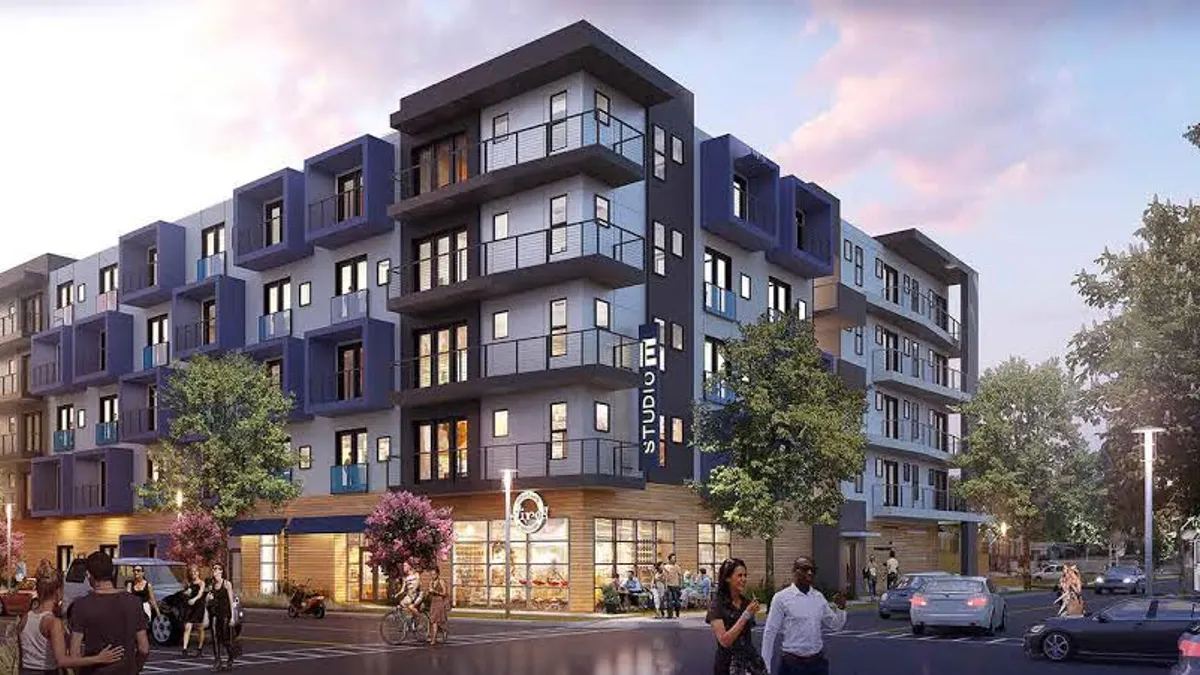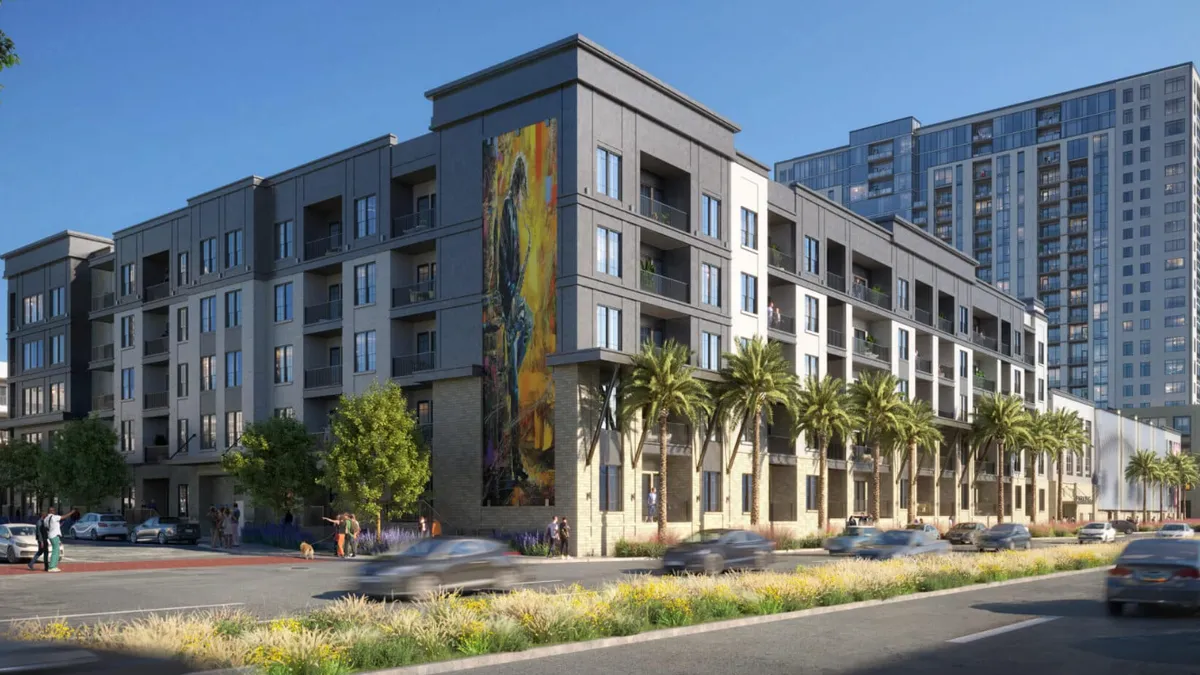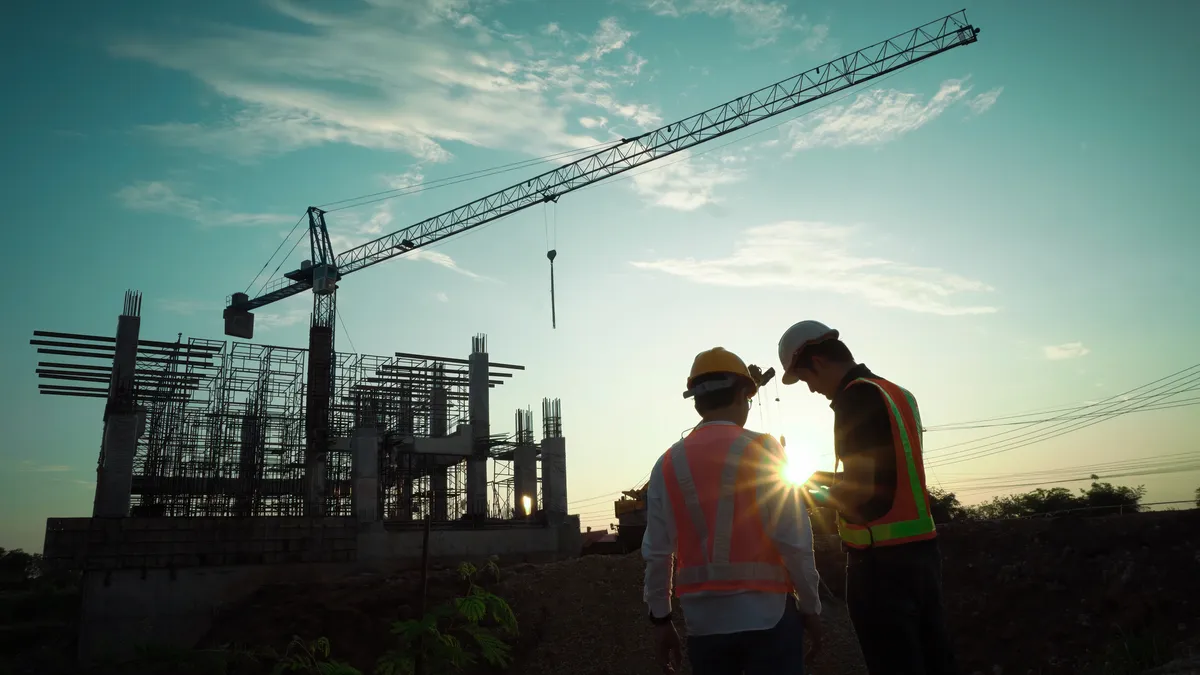As U.S. home prices and rents continue to soar, some developers are taking aim at a new target market — those willing to sacrifice square footage to be able to live near their work and area nightlife at a more budget-friendly price.
These microhousing units, also known as microapartments and microcondos, have most of the amenities of their full-size counterparts but typically range from around 350 square feet to 550 square feet, with some buildings offering up units at a relatively roomy 1,000 square feet. Many also come outfitted with furnishings specifically designed for the unit — folding beds, hidden storage and convertible pieces that do double duty, such as a dining table that also functions as a work desk.
However, the growing concept is seeing mixed results in the U.S. Is microhousing just a passing fad as younger renters look for an affordable stepping stone to a larger space, or does it represent a shift in what some Americans are looking for in a home?
The draw of smaller spaces
Jam-packed cities like Tokyo are prime markets for these tiny units because the cost of land is at a premium, according to David Reiss, professor of law and academic program director at the Center for Urban Entrepreneurship at the Brooklyn Law School. Microunits are particularly appealing to single, young professionals who spend a lot of time working and hanging out with friends rather than entertaining in their own homes, he said.
The primary draw, however, is "location, location, location," Reiss said. "When young adults are choosing between a small space in the center city or a larger space further afield, there will always be some who opt for the former."
This hasn't always been the case, according to architect David Senden, partner at international design firm KTGY. Americans used to put a premium on living space, but there's been a "shift on the priority list," and "location and has jumped to the absolute top," he said. There's also a growing desire for shorter commuting times.
However, whether the overall demand for microhousing is on the uptick is debatable. Some developers see microunits as the solution that will provide millennials with the opportunity to live in vibrant urban settings, as well as offer baby boomers or those looking to downsize a minimalist living space without having to give up the modern conveniences they've come to expect.
When microhousing is a viable concept
Reiss said population density and high prices need to be components of any successful micro project . When prices, in both rent and homes, "outpace middle-class income," as they have done in cities like San Francisco and New York City, then some people will give up square footage in order to stay close to their friends or jobs. "The microunit might present a very attractive trade-off of space and cost for that demographic," he said. Reiss added that New York City is even amending its zoning laws to allow for more micro developments.
This comes on the heels of the success of Carmel Place, New York's first microunit development. The development's 260-square-foot to 360-square-foot apartments began leasing in January and rent for a very non-micro $2,540-$2,910 a month. While the price doesn't really play into the typical affordable crowd, the units make sense for tenants like business travelers who will actually see savings compared to what frequent hotel stays cost, according to Senden. Carmel Place set aside 14 affordable units for $950 a month, with each one drawing 4300 applicants.
However, San Francisco and New York City are anomalies, Senden added. Those cities are so space-strapped that concepts that don't work in other parts of the country will work there. He said he believes that the micro concept can be successful in the right city, but said that for-rent projects had a better chance than for-sale developments.
Targeting the for-sale vs. for-rent markets
Recently, a Houston developer found that out when conducting presales for its planned 24-story, 550-unit microcondo building. The response from potential buyers was dismal, with the exception of investors, who were buying in order to rent the units out once complete. Developers decided to scuttle the original concept and shifted to a "condo hotel" targeted specifically at investors who will rent out the unit for short visitor stays.
But there's a big difference in developing micro units for-sale versus for-rent, Senden noted. "What people are looking for in a long-term living situation is different than what they're looking for in a rental," he said. The former requires a different level of commitment that comes with a down payment and the resolve to stay in the unit for a long period of time if necessary.
Buyers also want a little more flexibility when it comes to space, as changing life situations often require, for example, an extra bedroom. Senden said he believes that's why microunits make more sense as rentals. Referencing the Houston project, he said, "It's why investors were interested."
Josh Delk, vice president with Transwestern Development Co., said the company is targeting that shorter- term resident with its Indie Apartments project in Austin, TX. "Based on our strategy and analysis of the demographics and renter pool, we believe that (the project) will function as a temporary residential option or solution versus long-term," Delk said.
The building, which should be complete in October 2017, will feature 139 fully furnished units, and Delk said the building will be amenity-rich. Young millennials who are starting their first jobs or getting ready to graduate from college, will be able to live in a Class A building they might not be able to afford otherwise. "We think the value proposition is very important," he said.
Transwestern is also planning a similar development in downtown Phoenix. However, Delk said he believes other demographics will also be able to take advantage of the micro concept in both cities, including business travelers and those making frequent trips for medical reasons.
Will downsizers make big waves in microhousing?
Developers shouldn't expect much enthusiasm, however, from the "downsizing" market — baby boomers or otherwise — according to Senden. He said he believes that when the economy was at its worst several years ago, people who were forced to move into smaller homes or apartments for financial reasons used downsizing as an excuse. "I really think this whole thing was born out of the recession, and people had to downsize because they were in a bad economic spot," he said.
"Culturally, Americans are into their stuff and accumulating possessions," Senden said. "People will buy or rent as much as they can afford." There is a segment of the population, he added, that is interested in simplifying their living situations, but to those groups, like empty-nesters, downsizing means moving into a smaller two-bedroom apartment, not a microunit. "It's certainly not a trend that's happening."

















